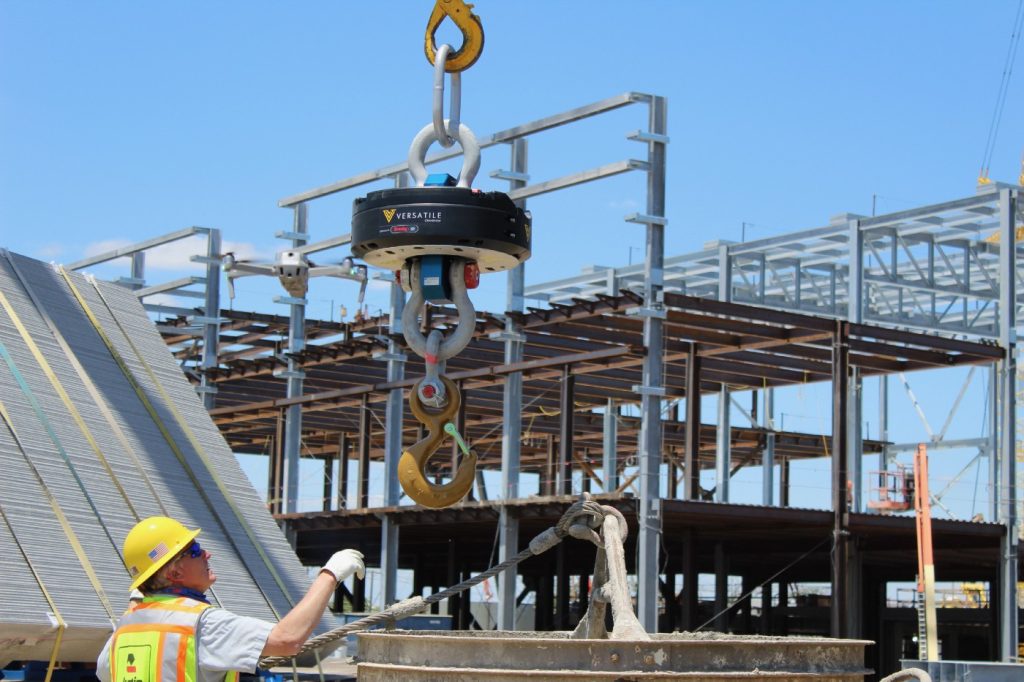
The Rise of Construction Technology
Recently, Tracxn published a report on the state of ConstructionTech in 2021. One of the key highlights is that not only is construction tech one of the most active sectors for investors — with overall funding of $11.8B in over a thousand companies — but more than half of the funding has been raised in the past 3 years (2018–2020).
At the beginning of this “wave” of funding, in February 2018, I was fortunate enough to be introduced, via Ilai Rotbain (the exceptional GM of Autodesk) to Meirav Oren, the Founder and CEO of Versatile Natures. Meirav is spearheading the Israeli chapter of The Society of Construction Solutions (“SCS”)* and was kind enough to invite me to one of the gatherings.
*The SCS is ultimately a club for folks passionate about construction (and a curious venture capitalist) to learn about the market, its challenges, solutions, opportunities and innovations.
Three years , dozens of meetups, hundreds of pitches and two investments later — including one in Meirav’s startup, now (just) called Versatile — this is what we learned:
- The market is truly gigantic — certainly one which can justify the returns sought by VC’s. There are (almost) no companies that are constrained by a small TAM, something I’ve found to be exceptionally unique to this space. This is ultimately attributed to the “top line” being huge i.e. $16 trillion by 2025.
- Another unique attribute to ConstructionTech is how fragmented the customer base is. There are thousands, and sometimes hundreds of thousands, of potential customers (General contractors, Architects, Developers, Insurers…) spread across the globe which makes distribution a serious challenge for startups building in the space.
- Lastly, the famous chart from the global digitization index done by Mckinsey shows just how behind the Construction market is in terms of technology adoption ( at least per it’s latest report in 2015):
Fun fact from the Procore S-1: 80% of contractors surveyed in a USG Corporation and U.S. Chamber of Commerce survey believes that they will use some newer technology by 2022 so I am betting the above chart will look very different in a couple of years.
This second chart below shows how the vast majority of Construction tech startups only solve for 1–3 use cases, to me this implies that we are so early in the digitization of this market and so there is much more greenfield left for startups to explore (case in point, Procore is a $12 bn startup solving the communications problem)
The industry itself is also riddled with many interesting problems waiting to be solved:
There continues to be a massive amount of “Rework” done on every project due to errors made during the initial building phase, resulting in many work being taken apart and reconstructed( $500bn a year!)
The industry is plagued by a lack of streamlined communication between the different stakeholders working on the design and preconstruction phase of each project (design, developer, contractors). This perpetuates itself on site too, where teams and subcontractors lack the infrastructure to properly communicate with one another
There remains a large information gap/asymmetry between what is actually happening on the site itself and what the general contractor thinks is happening, not to mention the developer who in many cases have a far less accurate perspective on the status of the site
Manual labor causes an erosion of margins in multiple steps of the value chain. Starting from the design phase all the way to building operation
Shortage of labor which is a global pain and in the US in particular, that results with theses manual jobs to be handled by untrained trades or even worse without anyone handling them
Major delays continue to be caused by inefficient and sub-par design that creates enormous operational hurdles (RFI due to conflict, or the realization that something cannot be built as planned)
There is also an acute shortage of information on the exact status and profile of the area that comprises the construction site (Do I have a WWII 3 ton bomb trapped beneath my site?)
Crucially, a number of technological tailwinds are supporting a shift in the market:
- Artificial Intelligence enabling the optimization of all the activities across the value chain
- IOT, novel sensors (unearthing data and insights)
- Robotics (automating tedious labor)
- Rapid adoption of BIM (Building Information Modeling) enabling tech adoption
Lastly, there are incredibly talented teams who are brave enough to tackle these problems and get into this market to build truly successful companies and win big. We have met with dozens of these teams around the world and have decided to back two companies which we felt are most connected to our thesis and of course — the founding teams are absolutely amazing (shoutout to Eitan from Swapp & Meirav of Versatile!)
The result of this construction tech wave is moving the industry away from being an uncontrolled, fragmented and unstructured process, towards a fully visible, streamlined and digital one.
We initially fell in love with construction due to the research but are now in a committed relationship due to the amazing talent that is trying to solve these problems which impact the lives of everyone on the planet.
TL;DR for the impatient reader 🙂
- Huge fragmented Market
- Strong Tailwinds
- Buyers are savvy and adopting technology
- Plethora of problems to solve
- Strong entrepreneurial teams in the market
Related Resources

How should I reach out to a VC for the first time?

Why is it so hard to get VCs to invest in my Generative AI Startup?


